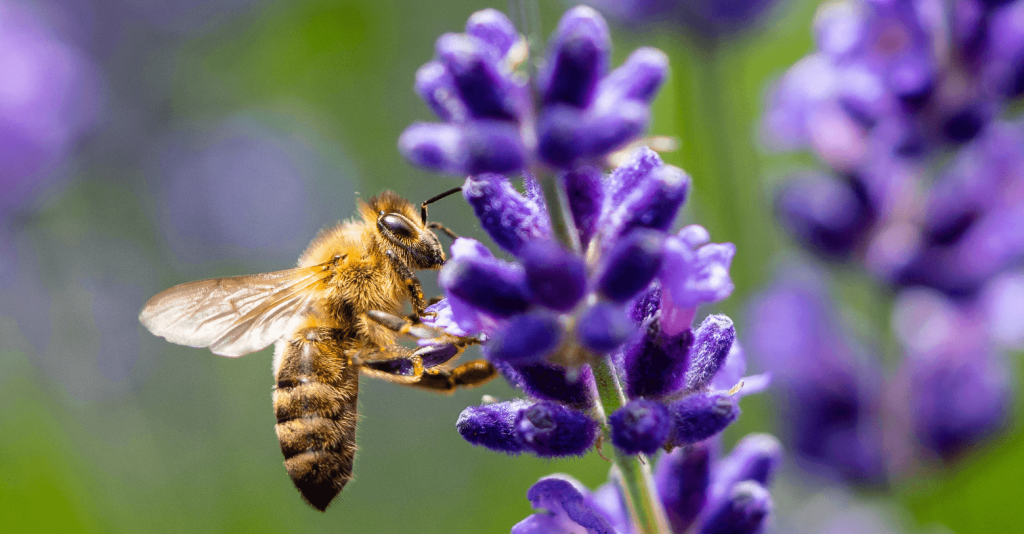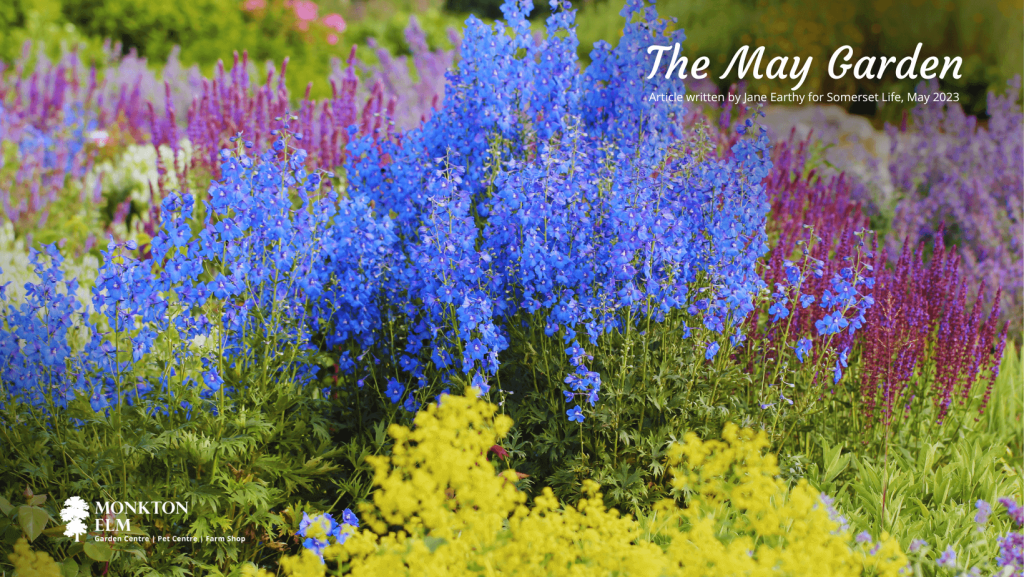The right garden for your Pets
Ensuring your beloved pet is well fed and healthy is vital, but did you know that there are plenty of plants that you can grow at home to give their nutrition and general health a boost?
Herbalists treat a variety of physical conditions, illnesses and allergies in humans through the holistic use of plants in conjunction with medical knowledge, and many of the plants they use can be safely used to help with your pet’s health too.
What should i grow?
Easily grown herbs such as basil, fennel and thyme, mint, sage and chamomile can safely be sprinkled in small amounts on your pet’s food to aid digestion, calm inflammation and reduce stress for instance.
It’s always best to do thorough research beforehand though, and a quick google should lead you in the right direction. Dogs will happily munch on some steamed vegetables such as peas carrots and spinach along with their usual diet, and dogs will even enjoy slices of de-rinded and deseeded watermelon on hot days.
If you grow bamboo in your garden, chop down a stem or two and give to your dog as a chew. Like wheat and barley grass, that cats often chew on, it’s full of vitamins and minerals.
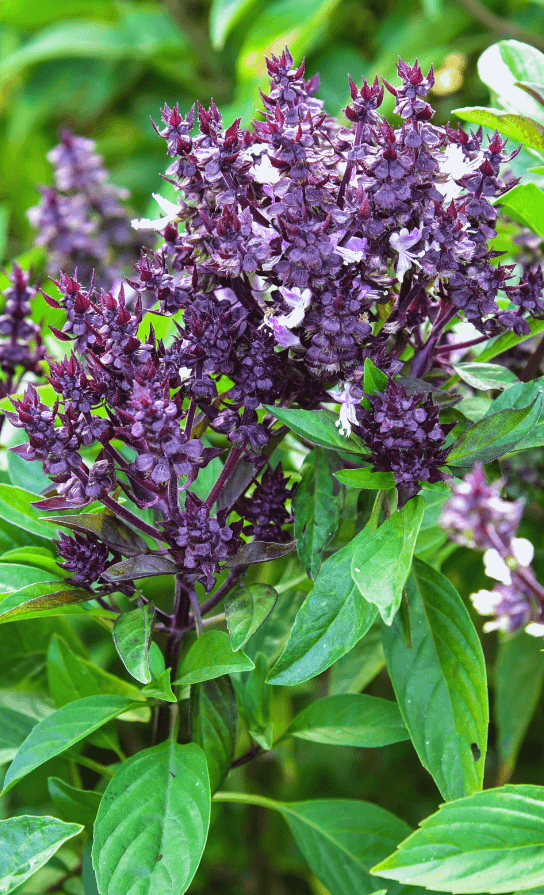
What about cats?
Cats are ‘obligate’ carnivores, meaning that their diet must be mainly meat based, but they too enjoy the odd cooked pea or carrot in their meals, and steamed broccoli in small amounts. ‘Catnip’ of course is a favourite of theirs, and a pot of Nepeta cataria will give them a ‘high’ when sniffed, but conversely calm them down when ingested.
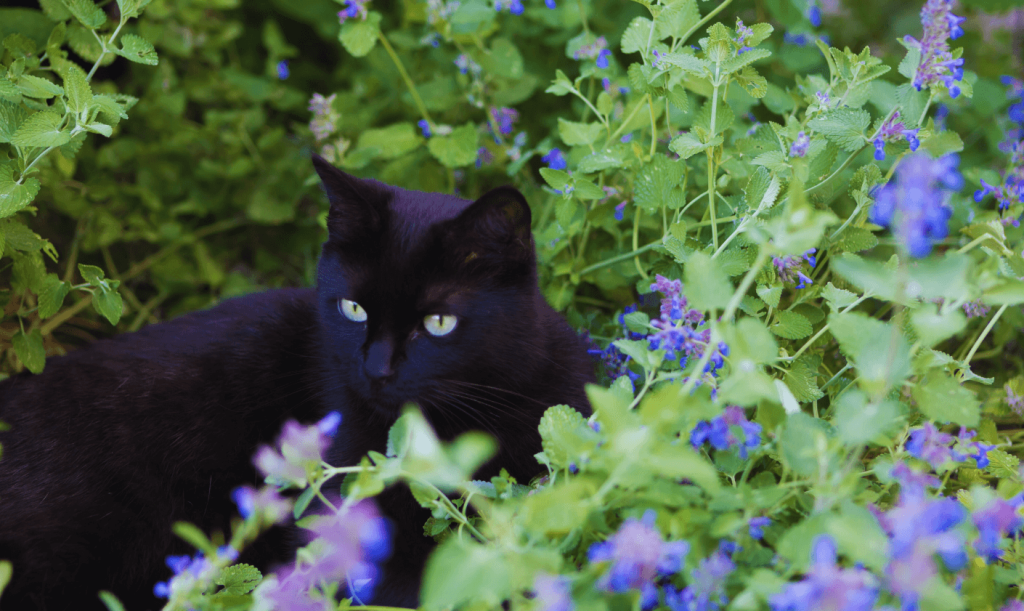
A word of caution…
Not all vegetables you may be growing in the veg patch are good for pets; however, tomatoes, onions rhubarb and potatoes should never be fed to your pets, as they contain toxins such as alkaloids and amino acids.Grapes and cherries are also poisonous, although strawberries and blueberries can provide your pet with variety and can be used as a delicious treat.
Houseplants are very popular at present, and although most cats and dogs won’t munch on the leaves, its important to know which are toxic to them. Dracaena, Aloe Ficus, Monstera and Dieffenbachia are among the worst, along with the Christmas poinsettia.Chewing the odd leaf shouldn’t cause more than a stomach upset but its wise to be aware. Lilies are another plant that are extremely toxic to cats.
If you are really worried about your pets nibbling your houseplants, the safest bet is the good old spider plant (Chlorophytum)!
Other toxic plants in the garden that you may wish to keep an eye on your pet when around them are many bulbs, foxgloves, Lily of the Valley and in the autumn, fallen conkers and acorns.
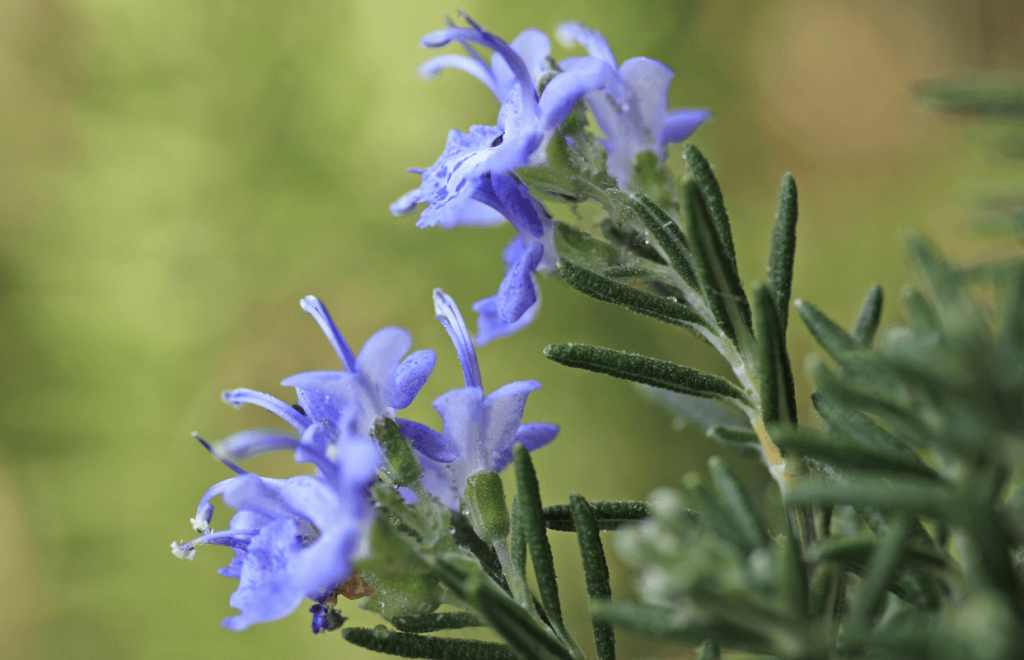
Jobs in the May Garden
• ‘Harden off’ tender vegetables such as courgettes and Sweetcorn and bedding plants like geraniums by putting them outside during the day and bringing them in overnight, for a couple of weeks. They will get used to the lower temperatures then and romp away when you plant out in late May.
• Mow lawns weekly.
• Earth up potatoes weekly – this supports the stems, excludes light from tubers and encourages spuds to form.
• Open greenhouse vents on warm days but close them at night.
• Divide water plants this month.
• Clip evergreen hedges.
• Prune herbaceous plants that retained their top growth in winter, such as Penstemons and Fuchsias.
• Prune stems of Ribes (flowering currant), Forsythia and Choysia once flowering is over. Clematis montana can be reduced in size now.
• Support herbaceous perennials such as Delphiniums as they grow and tie clematis and climbing roses horizontally along supports to induce increased flowering.
